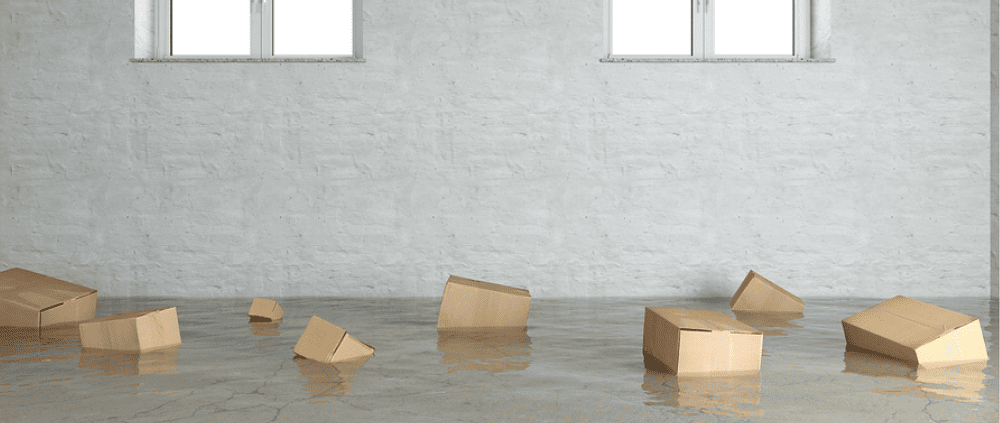What to do When your Basement Floods?
Some of the most typical sources of basement flooding are burst pipes, sewage backups, and leaking water heaters. When your basement floods, you must act promptly to avoid mold and water damage. When you have a flooded basement, follow the actions outlined below.
Never Go Down into a Flooded Basement.
Basement flooding can be dangerous to you and your family in addition to causing property damage. If you come downstairs in the morning to find your basement is flooded, contact an electrician and the restoration experts at Safeguard Restoration straight away.
Shut off the power in your home if your circuit breaker is not in the basement. Otherwise, any electrical equipment or devices that come into touch with water could become harmful. The circuit breaker in your home is most often located in a convenient position, such as the garage.
Get rid of the water
It’s time to remove the water so you can assess the damage once you’ve removed any electronic devices or other items that were in danger. If your basement is flooded, your pump is most likely broken, therefore you’ll need to replace it and utilize it to drain the water. Because a pump won’t be able to remove all of the water from your basement, clean up the rest with a mop and towels. Basement flooding can be avoided by calling safeguards too.
Take Care of Your Wet Objects
You can’t keep any wet stuff in your basement if you want it to dry properly. Everything that became wet, from couches to bookcases, should be moved to a dry location, such as the garage. Hopefully, your insurance provider will cover the expense of replacing the items that were damaged as well as the cost of repairing the basement and eliminating the mold. After the flood, file an insurance claim as quickly as feasible.
The Area Should Be Dried
Your basement isn’t going to dry out on its own after basement flooding. You’ll almost certainly need to purchase or hire fans, as well as industrial blowers. You can use a dehumidifier to eliminate extra moisture, speed up the drying process, and reduce the possibility of mold growing in your basement. Safeguarding Restoration can help you recover your basement with these goods.
Take Preventative Measures to Avoid Mold Growth
Mold thrives in damp, dark environments and can grow during basement flooding. Mold can be dangerous to your health, and if you find mold in the weeks following the flood, you may have to remove large chunks of drywall. Safeguard is the company you call if you need help cleaning up a damaged area.
Floods in the Future
Try to determine what triggered the flood in the first place after it has occurred. Have you had a bad storm that flooded your lawn and flooded your basement? Is your foundation prone to cracks? Is your sump pump in need of replacement or an upgrade to a modern model? To avoid future floods, speak with a professional about updating your basement, fixing your foundation, or changing your landscape and gutters.
Basement floods are inconvenient, but you can take action to rescue your possessions and avoid repeat flooding once they occur. After you’ve completed the steps above, contact waterproofing service centers to have your basement waterproofed.
For more information feel free to contact experienced plumbers at Jam Plumbing

